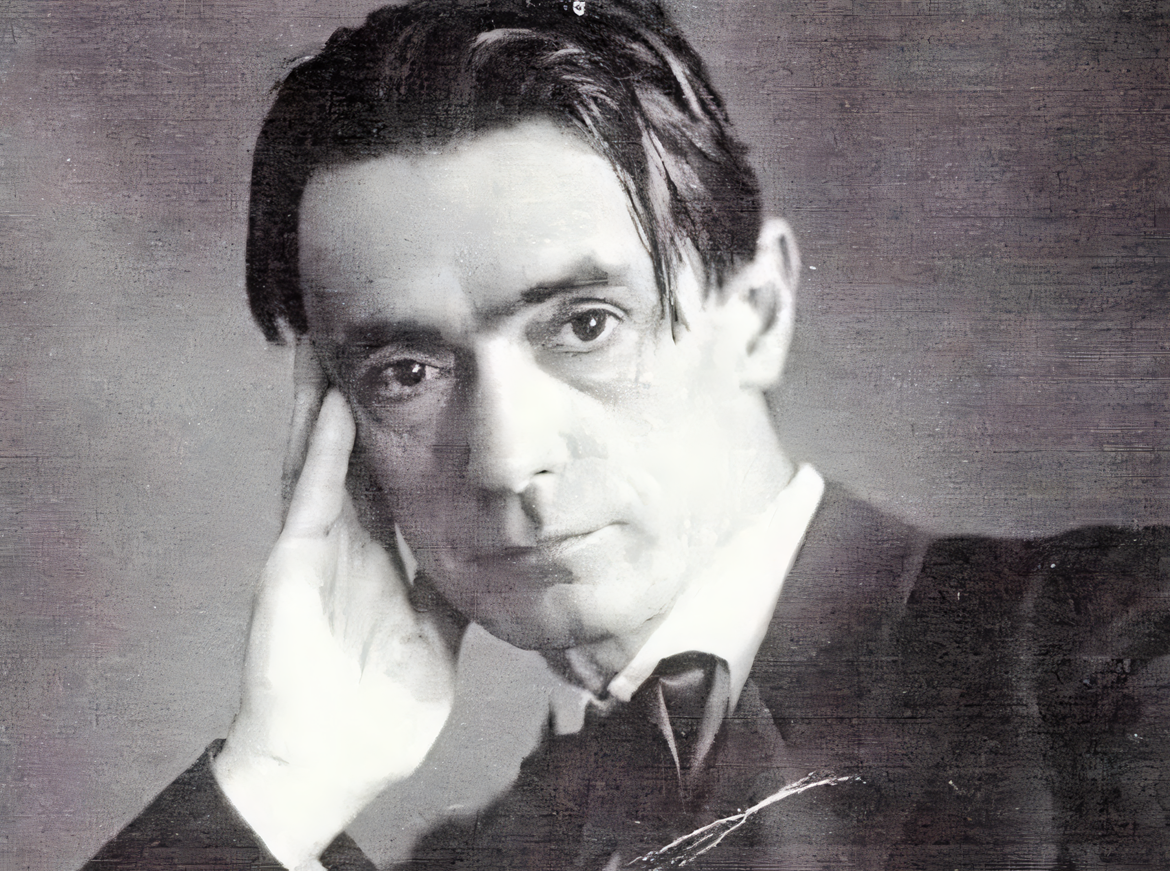>Have you ever noticed how news anchors across different channels, and even different countries, sometimes say the exact same thing, word for word? It’s a strange phenomenon that has been captured in numerous compilations online. Many people find it unsettling, as if there’s a hidden hand guiding these broadcasts. Is it merely a coincidence, or is there something more deliberate happening behind the scenes?
The Power of a Uniform Message
Let’s start with the basics. News networks aim to inform the public, but they also need to maintain viewer trust and consistency. Uniform messages can help achieve this by ensuring that the audience receives the same core information, regardless of the source. This practice can streamline the dissemination of key stories and facts, ensuring that everyone is on the same page.
However, this raises an important question: who decides what the core information is? And why does it need to be so meticulously uniform?
A Central Source of Information
One plausible explanation is the role of news agencies. Major news agencies, like Reuters, Associated Press (AP), and Agence France-Presse (AFP), serve as central hubs of information for news outlets around the world. These agencies collect and distribute news stories to various networks, providing them with pre-written scripts that can be broadcasted as is or with minimal changes.
While this makes practical sense—after all, it saves time and resources for individual news stations—it also centralizes the control of information. If a small group of agencies decides what is newsworthy and how it should be presented, then the diversity of perspectives and voices in the media can become significantly limited.
The Illusion of Choice
Many viewers assume that switching between different news channels offers a variety of perspectives. But when these channels are reading from the same script, this illusion of choice is shattered. It suggests that the media landscape might not be as diverse as it appears. Despite the myriad of logos and familiar faces, the underlying message remains eerily consistent.
This raises another critical issue: the potential for manipulation. If the same narrative is being pushed across multiple channels, it becomes easier to shape public perception. This can lead to widespread acceptance of certain viewpoints while suppressing dissenting opinions.
The Role of Corporate Ownership
Another layer to this puzzle is corporate ownership of news networks. In many countries, a handful of conglomerates own the majority of media outlets. For instance, in the United States, companies like Comcast, Disney, and ViacomCBS control a significant portion of what people see and hear. This concentration of ownership can lead to homogenized content, as these corporations may have vested interests in promoting specific agendas.
Moreover, these conglomerates often have ties to other industries and political entities, which can further influence the news narrative. When media companies are part of larger corporate empires, their news divisions may not operate as independently as one might hope. The potential for conflicts of interest is high, and this could explain why news scripts are often identical.
Psychological Impact of Repetition
Repetition is a powerful psychological tool. When people hear the same message repeatedly, it becomes ingrained in their minds. This concept, known as the “illusory truth effect,” means that the more often a statement is repeated, the more likely people are to believe it, regardless of its accuracy.
By ensuring that news anchors everywhere say the same thing, those controlling the scripts can influence public opinion effectively. This technique is subtle yet incredibly effective, as it operates below the level of conscious awareness. People tend to trust what they hear repeatedly, especially from authoritative figures like news anchors.
The Technology Factor
In the digital age, the spread of information is faster and more controlled than ever before. Algorithms on social media platforms amplify certain stories while burying others. This creates echo chambers where people are exposed primarily to information that reinforces their existing beliefs.
News networks, aware of these dynamics, may craft their scripts to fit these patterns, ensuring maximum reach and engagement. By aligning their messages with what the algorithms favor, they can maintain their relevance and influence in a crowded media landscape.
What Can We Do?
Given this backdrop, it’s crucial for viewers to become more critical consumers of news. Here are a few steps you can take:
- Diversify Your Sources: Don’t rely on a single news outlet. Explore international news, independent media, and multiple perspectives.
- Question Uniformity: If different channels are saying the same thing, dig deeper. Look for alternative viewpoints and underlying facts.
- Stay Informed: Educate yourself about the ownership and affiliations of the media you consume. Understanding the business behind the news can provide insights into potential biases.
- Engage in Discussions: Talk to others about what you see and hear. Healthy debate can reveal hidden biases and broaden your understanding.
Conclusion
The repetition of identical news scripts across various channels and countries is a fascinating phenomenon. While there are practical reasons for this uniformity, such as efficiency and consistency, it also hints at deeper issues of control and influence within the media landscape. By staying aware and critical, we can navigate this complex environment and seek out the truth amidst the noise.




